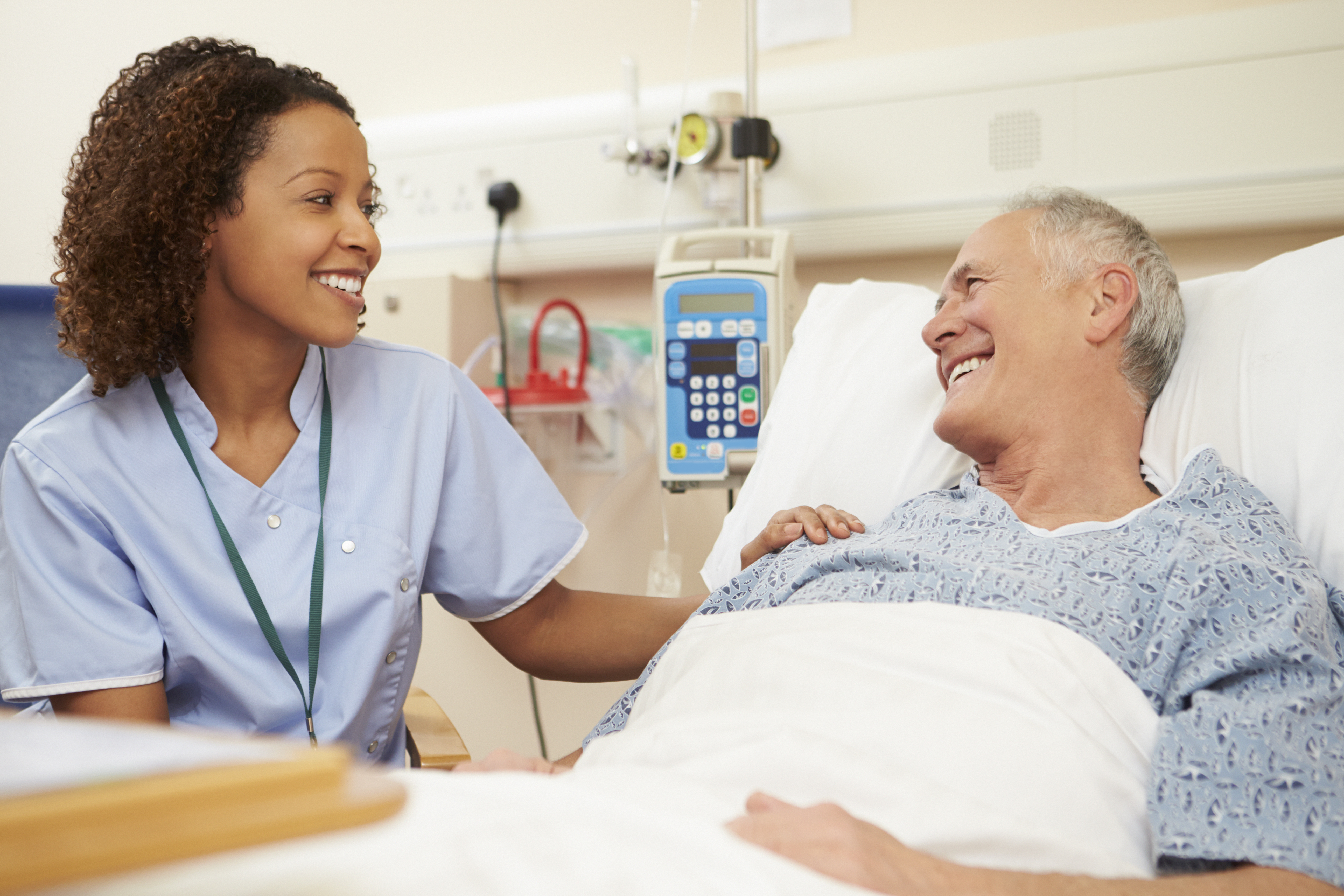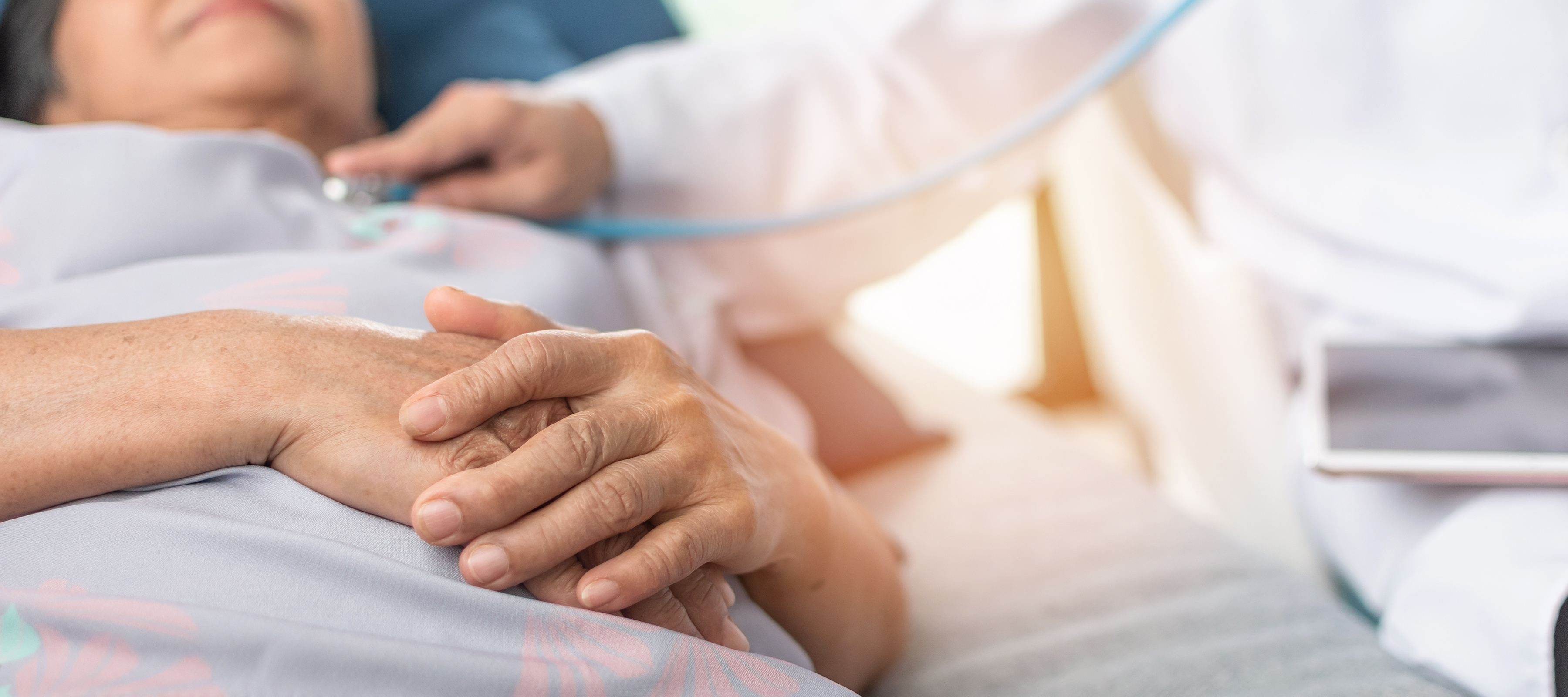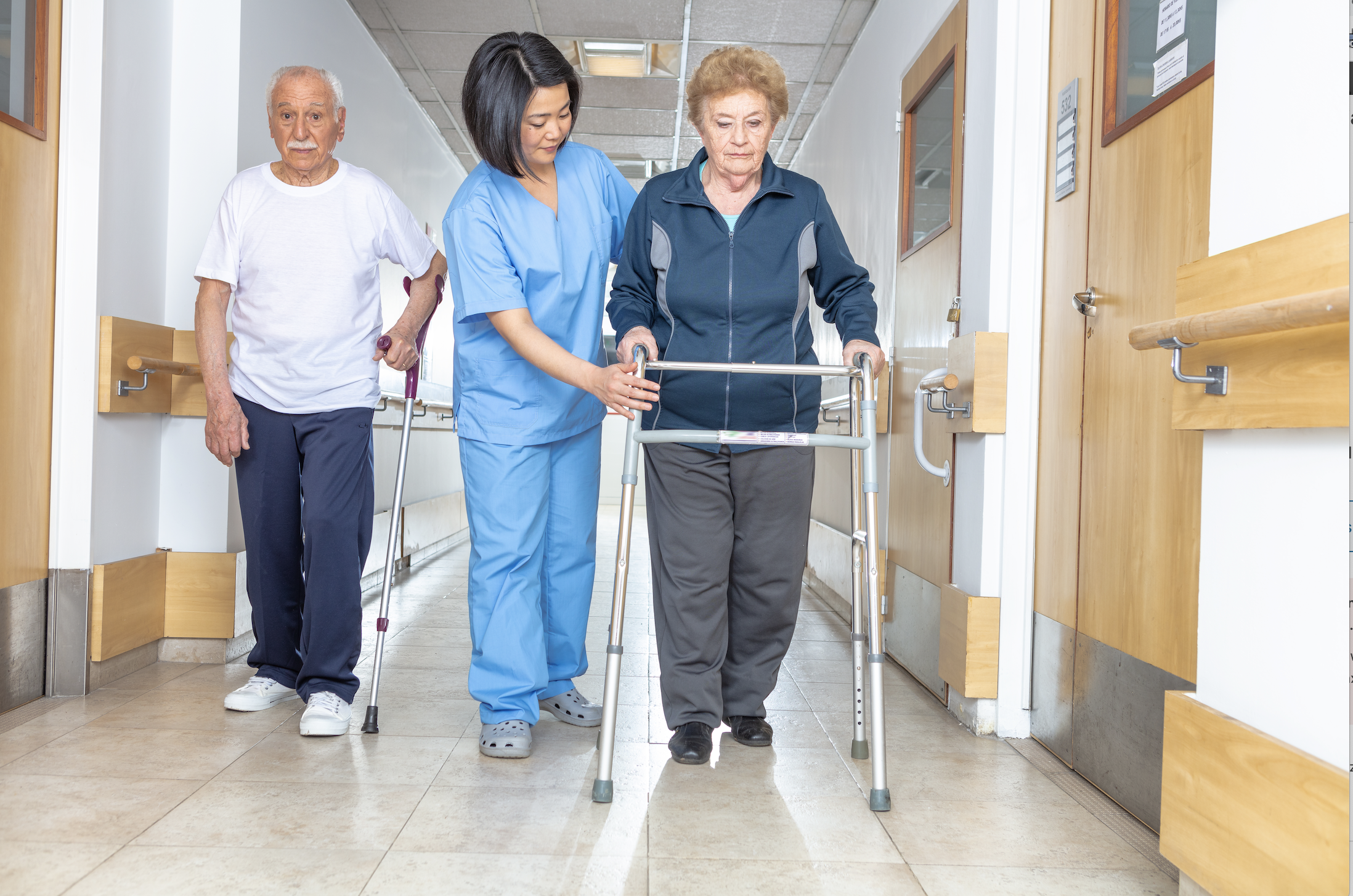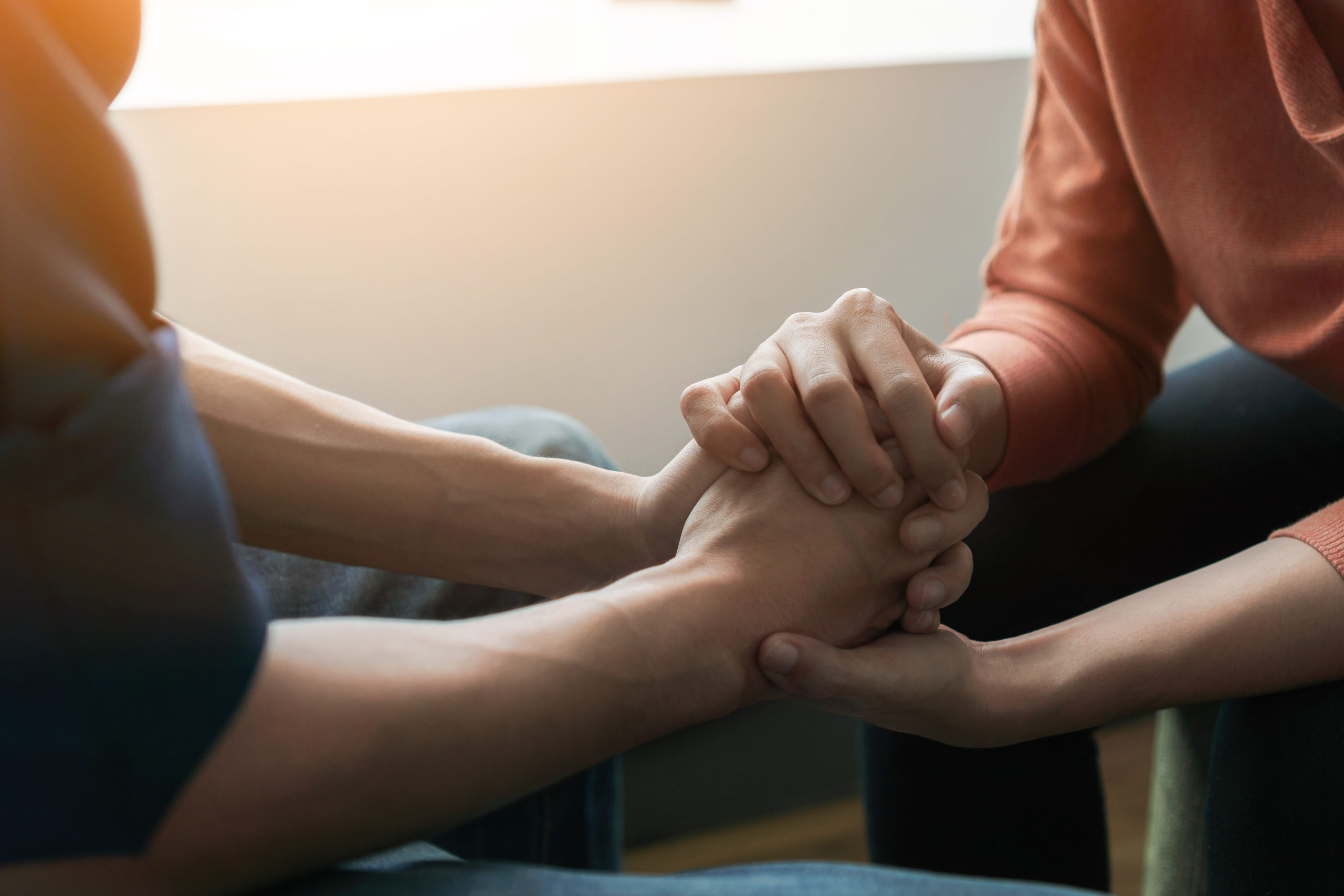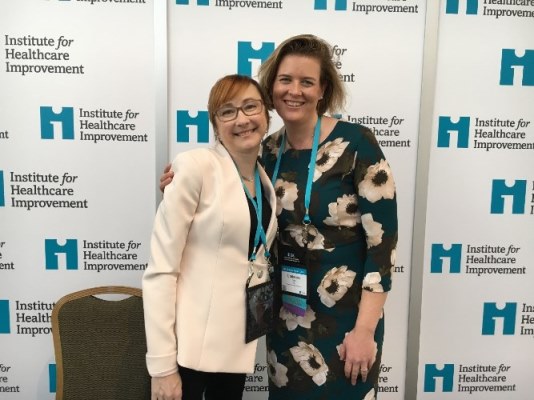The adversity of Covid-19 has taught us that the best inpatient care innovations aren’t necessarily the most technologically advanced – they’re the ones that make a difference to patient experience.
I recently took part in a Health Service Journal webinar looking at how the NHS can reduce isolation and improve wellbeing during Covid-19 and beyond. Joining the panel was a great chance to share and reflect on experiences with colleagues from across the health sector.
Something that really struck me was how we all agreed that being an inpatient in a hospital can be very isolating already, but Coronavirus has definitely made this aspect of things much worse. Hospitals have had to increase their infection control measures and as a by-product of this, vulnerable people are having markedly lonelier experiences during their stays.
The innovations brought about in response to Covid that I had heard about mainly focused on outpatients, I hadn’t heard as much about how inpatient experience was being addressed. Something which Covid-19 has made really evident was how much the management of patient wellbeing is usually supported by the visits of family and friends. Some can really struggle being separated from their families and miss out on things that clinical teams, no matter how caring or well-prepared, cannot offer, such as home-prepared food and other comforting items from home.
Some hospitals have relied on volunteers to fill this gap during the pandemic, however, these services are reduced because they tend to be retired people so they are part of the Covid-19 at risk population. Some trusts have responded by moving volunteer services to telephone-based communication to continue to support inpatients.
“One thing Covid-19 has done is to remove organisational barriers to implementing and improving technology solutions – something that we hope can continue in the future”
I enjoyed hearing about all the tech solutions my hospital colleagues had implemented to improve patient wellbeing: iPads in cases on trolleys so patients can video call their relatives: media and digital magazines or on demand entertainment to minimise the isolation. One thing Covid-19 has done is to remove organisational barriers to implementing and improving technology solutions – something that we hope can continue in the future.
The unexpected challenges for these innovations were not around hospitals and care settings being able to provide technology, but in the capabilities of the end users (in this case patients) to make use of that technology. While rapid uptake of video conferencing technology has encouraged some trusts to invest in technology that facilitates one click video call, not all technology solutions will help improve emotional wellbeing. It remains vital to focus on patient and person-centric care when procuring or deploying technology – the latest gadgets will do no good at all if they aren’t easy for patients with differing levels of digital confidence to use.
However, I was pleased to hear about small acts of kindness including non-ward staff volunteering as tech support on the wards to troubleshoot issues. Some even went as far as creating individual solutions for patients like building mobile phones for patients with only landline home connections.
During the course of my recent work at the Health Innovation Network, I have also been pleased to see some non tech innovations making a real difference. For example, some PPE-clad clinical staff have started wearing picture name badges that have been making a difference to patients in terms of personal connection. Solutions like these are quick and cost effective to implement, and they help bridge the gap in human connection that COVID has created.
“New technology often feels like it offers shiny solutions to difficult problems, but in the end, it has got to work for patients ”
My colleagues also discussed how uncertainty can lead to poorer patient experience. During Covid-19, technology has really helped to connect multi-disciplinary teams (MDTs) and there could be an opportunity for technology to help inform people about their care and care plans. Being informed about what’s happening with your care and treatment while you are lying in a hospital bed, can certainly help people with their wellbeing, even if there is uncertainty, and could lead to better recovery.
There are clearly benefits from the changes brought by digital that will continue to be sustained post Covid-19, such as the reduced need for travel to hospitals for follow up appointments which help the environment and reduced risk of deterioration through better connected MDTs.
However, patients want to feel at home as much as possible while admitted as inpatients and entertainment is not the only way to make this possible for them. We must not let the momentum slip when it comes to patient communication, and we should maximise the opportunities to present important information straight to patients’ own devices where possible.
When thinking about solutions to improve inpatient isolation and patient experience in the Covid age, the crucial step is speaking to patients themselves. We need to involve patients throughout the process. New technology often feels like it offers shiny solutions to difficult problems, but in the end, it has got to work for patients and resolve challenges they actually experience.
The most important takeaway for me was we can’t forget the personal; people appreciate meaningful contact with humans. Covid has clearly demonstrated that the importance of human face-to-face contact is as true for staff as it is for patients.
We're here to help
Find out more about how the Health Innovation Network supports Patient safety.
Explore out work